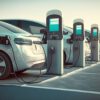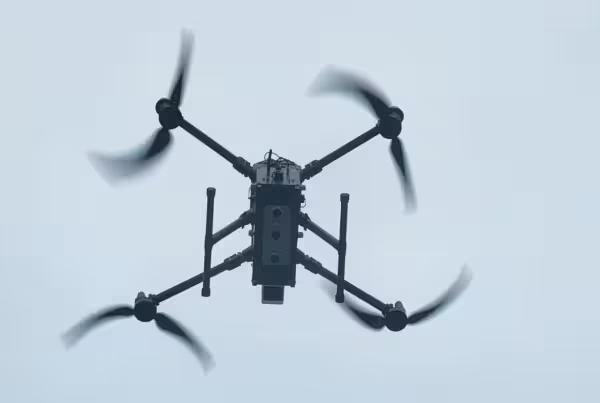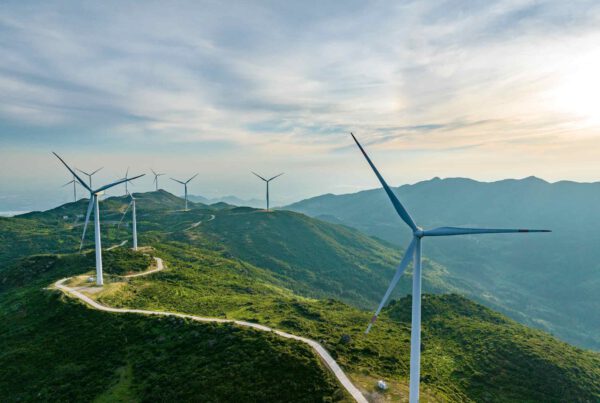New Tech Tuesdays: Challenges to Public EV Charging Infrastructure
While electric vehicles (EVs) are becoming more common, several challenges remain when it comes to public EV charging. One major issue is the lack of charging etiquette, where some EV drivers, known as “charger hogs,” occupy charging stations for extended periods, even when their batteries are nearly full.
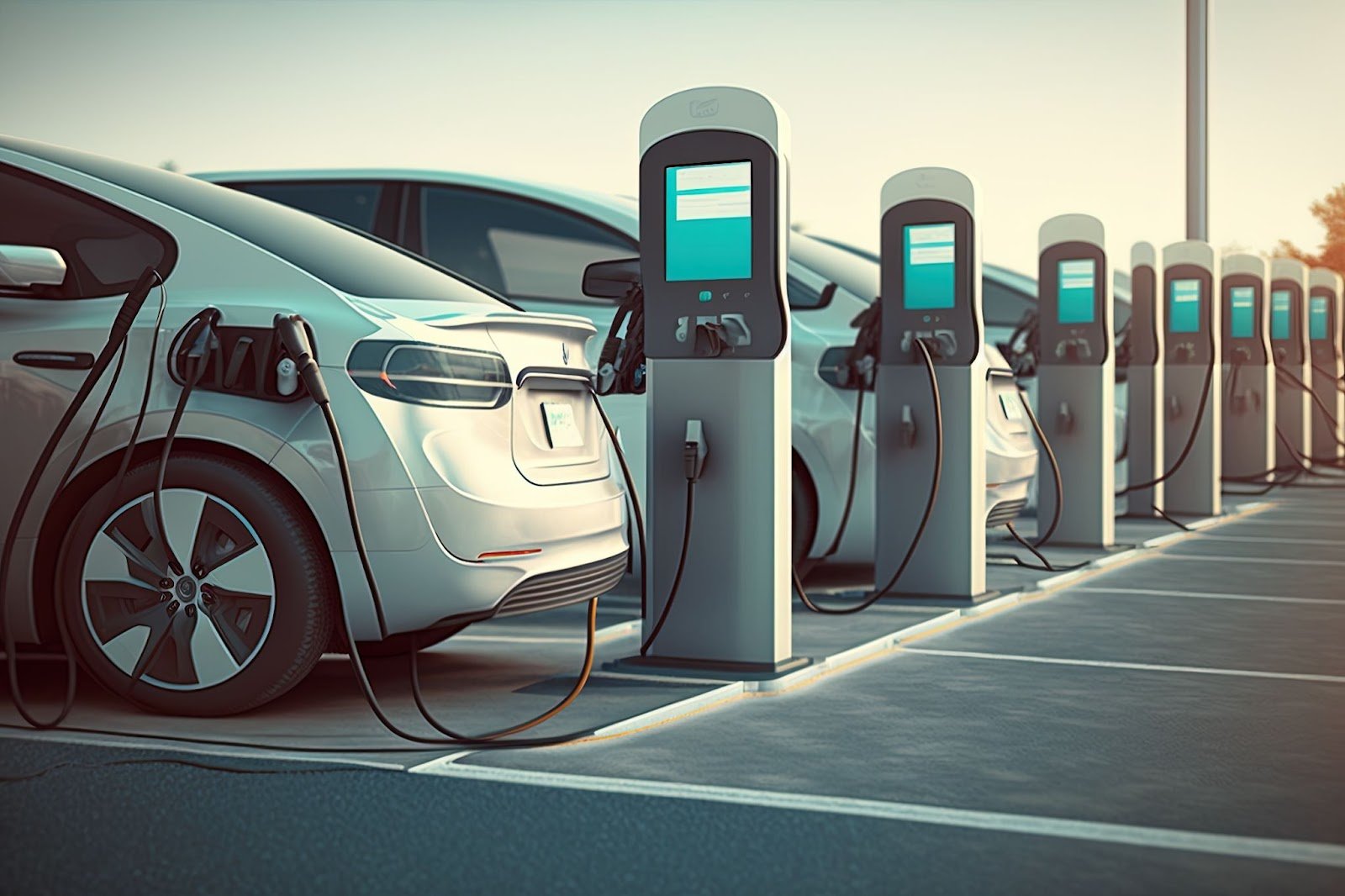
Charging Efficiency vs. Etiquette
The issue is often one of efficiency rather than bad behavior. Many new EV owners may not realize that charging beyond 80% slows down the process, keeping the station occupied for longer and inconveniencing others. Standards like the Open Charge Point Interface (OCPI) are designed to optimize power transfer, but the misunderstanding of EV charging profiles contributes to this problem.
Types of EV Chargers
Several different types of EV chargers exist, each with varying power levels and connector types:
- AC Level 1: Standard 120V charging, slowest option.
- AC Level 2: Faster charging used in both public and residential stations.
- DC Fast Charging: High-speed charging with power ratings between 50kW and 350kW.
- Tesla Supercharger: Proprietary to Tesla, offering fast charging for Tesla vehicles (Source).
- CHAdeMO: Primarily used by Nissan and Mitsubishi, though being phased out in favor of CCS (Source).
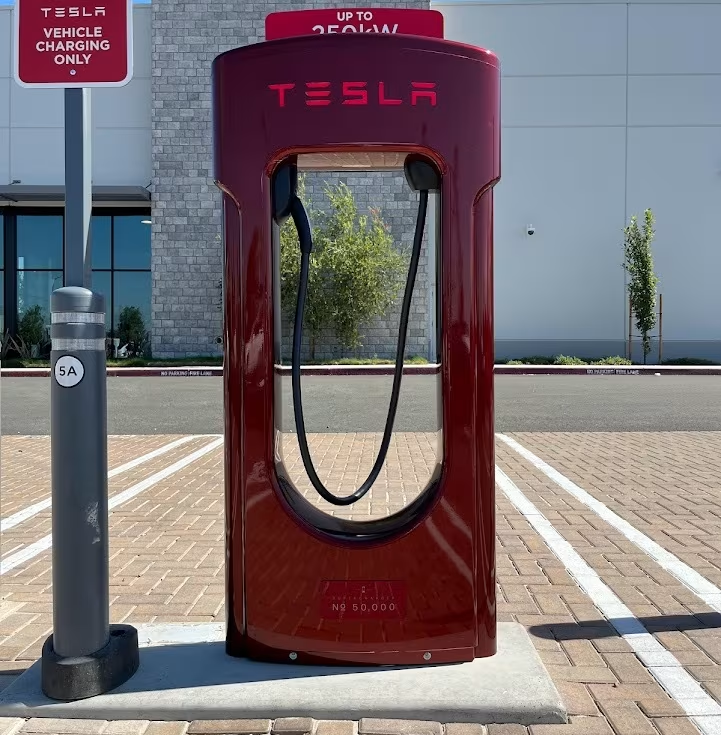
Scarcity of Chargers
Another challenge is the scarcity of fast chargers. Despite the growing number of EVs on the road, the availability of charging stations, especially in less densely populated areas, remains limited. For example, California holds 25% of all US charging stations, while regions like Alaska and the Midwest have fewer than 100 stations (Source). This disparity can cause range anxiety and lead drivers to occupy chargers longer than necessary, worsening the problem.
Conclusion
Addressing both the behavioral and infrastructure challenges of public EV charging is critical to encouraging broader EV adoption and ensuring that public chargers are used efficiently.


